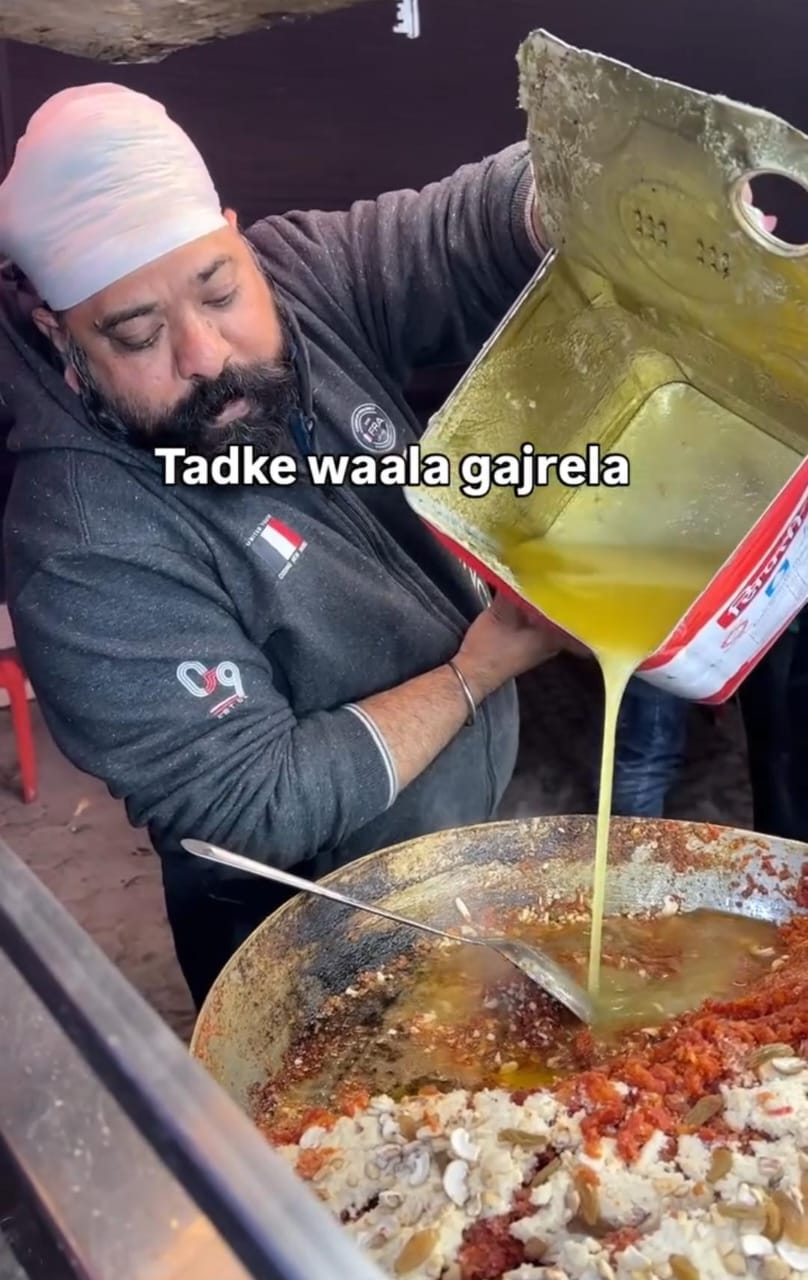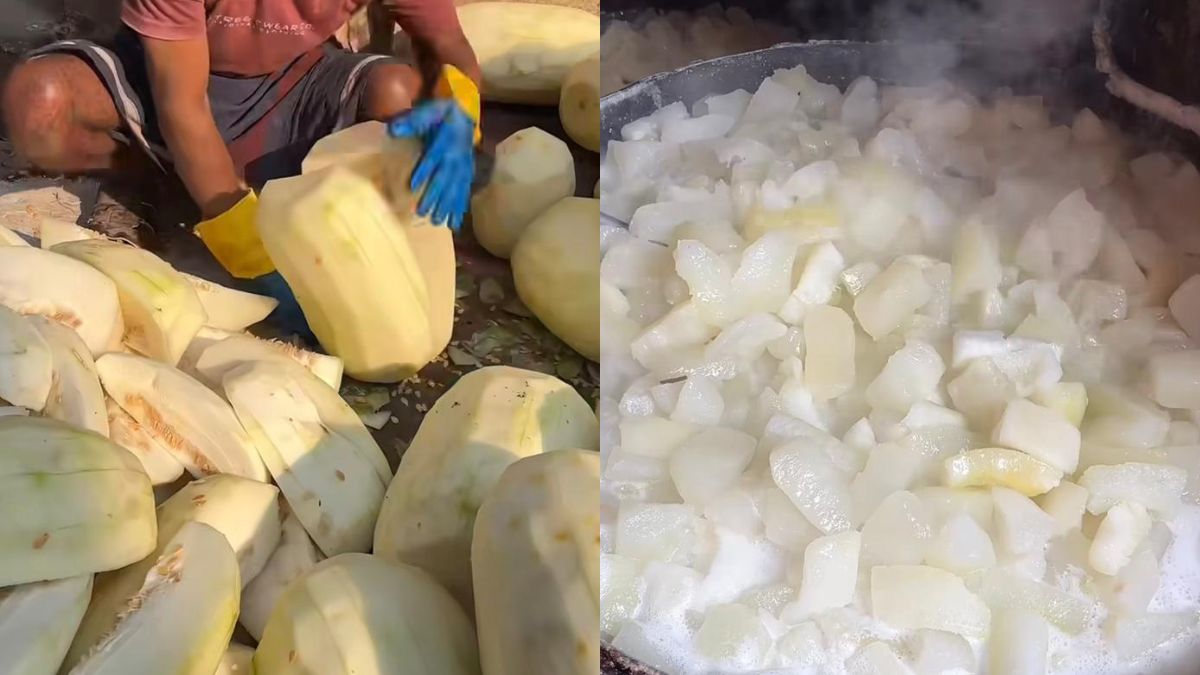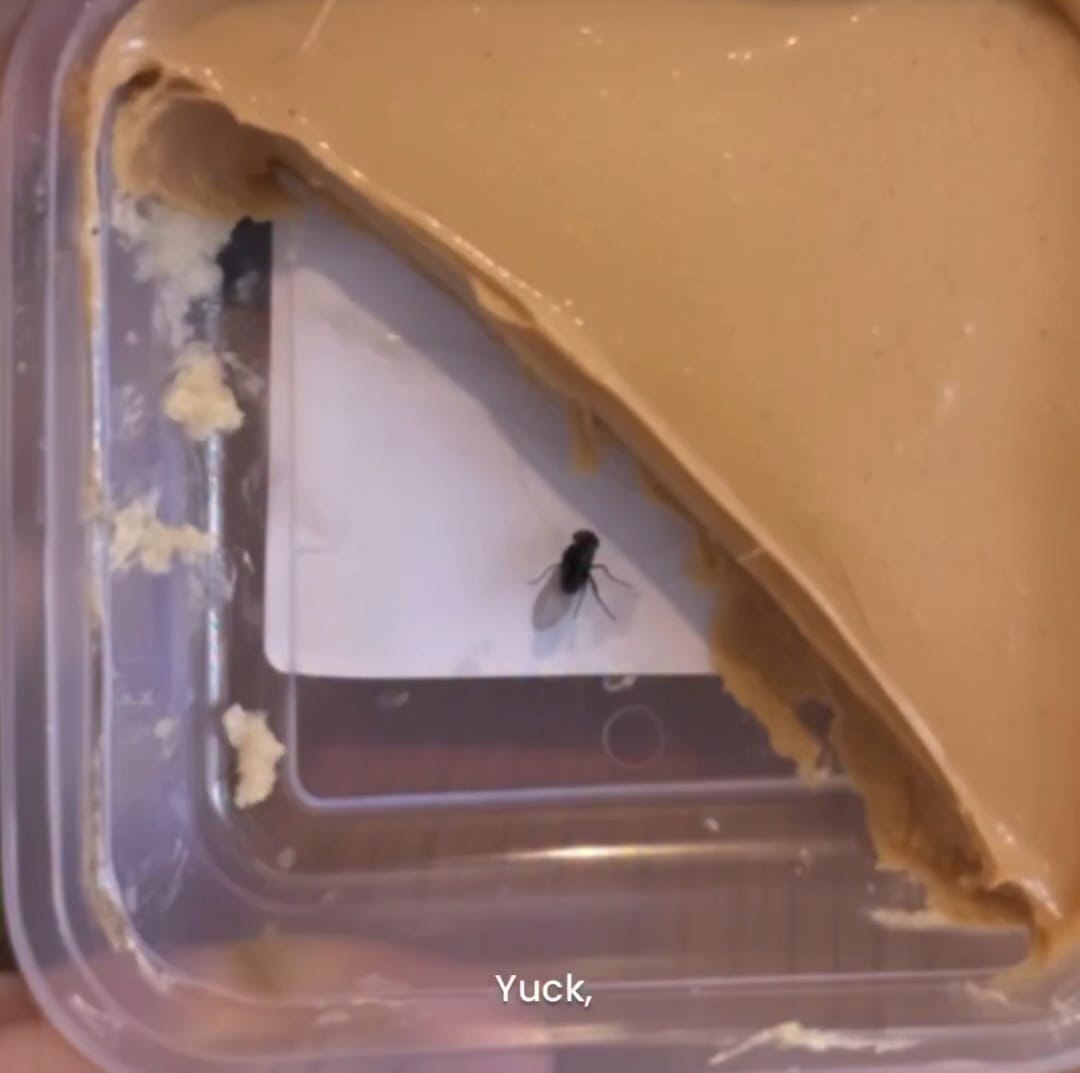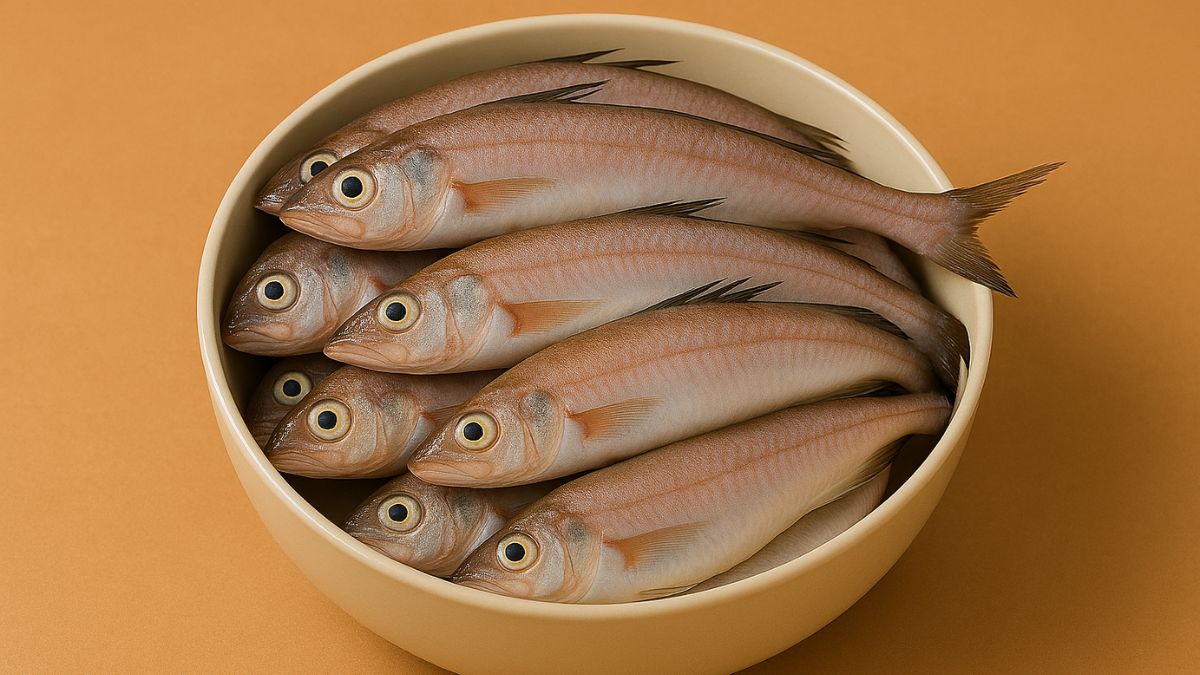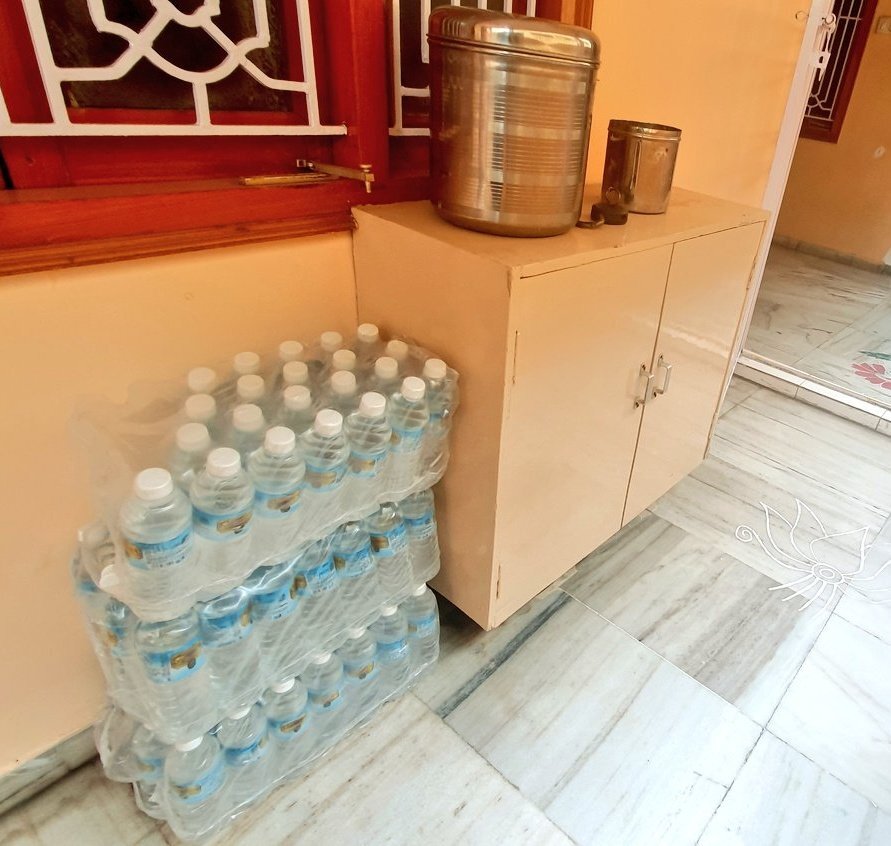My friends from Southern Tamil Nadu were convinced that my overall disposition would change when I visit Tirunelveli, a busy town on the banks of the Thamaraibarani river that is almost synonymous with this sweet. It's almost ironical that this once powerful city during the reign of the Pandyas and home to the historic Nellaiappar temple that dates back to 700 A.D. is better known today for its halwa. Ironical because the halwa didn't arrive in Tirunelveli before the end of the 19th Century. I heard some of these legends during my last visit to Tirunelveli a couple of years ago, about a zamindar in a neighbouring village (Chokkampati) who hired cooks from Rajasthan because he wanted an uninterrupted supply of his favourite sweet. Little would he have realised that he was laying the foundation of a thriving industry that continues to flourish to this day.
It's mandatory for everyone who visits Tirunelveli to return home with a few boxes of Tirunelveli Halwa. Almost every second shop around the busy bus stop sells halwa and of course each of these shops claim to be the real thing. Like Lakshmi Vilas who set up shop in the 1880s and like to think of themselves as the inventors. Most locals talk about another shop 'Iruttu kadai' (translates to dark shop) next to the temple where regulars and tourists start queuing up for halwa before sunset. The shop takes its name from the dimly lit interiors. For many years, the shop was only lit by a few burning lamps, while those lamps have made way for electric bulbs, the lighting is kept intentionally dim to this day to add to the 'Iruttu kadai' legends. The shop functions for just a couple of hours in the evening and runs out its entire supply for the day within this time.(Also read: The Fascinating Story of Halwa and Its Different Types - Badam, Gajar, Dal & Lauki)
The Tirunelveli Halwa is a quintessential wheat halwa with a slight twist. While some of the halwas in Tamil Nadu that follow a slightly different cooking style can claim to have originated in the state, the wheat halwa is something that didn't. It's why many people still use 'Bombay Halwa' to describe Godumai or wheat halwa. It's an integral part of wedding menus for some communities but the laborious cooking process is slowly seeing this sweet disappear from these same menus. This long process involves extracting the milk from wheat before cooking it with generous quantities of ghee and sugar. Just like the popular Mysore Pak, this sweet requires tremendous skill and effort, that many of the new generation of wedding cooks don't seem to possess.
Locals in Tirunelveli will tell you about how Iruttu Kadai doesn't serve the halwa fresh off the pan like they sometimes do in weddings. The halwa makers here don't drain out the excess ghee after the sweet is made. It tends to form an extra layer and increases the shelf life of the sweet. The Iruttu Kadai Halwa tends to have a darker hue (thanks to the longer cooking time on the pan) than what we know as Bombay halwa or wheat halwa in the rest of Tamil Nadu. The Tamaraibarani river's waters are steeped in legends and proud locals believe that it is this water that sets their halwa apart.
You may not have access this water but if you enjoy making Indian sweets and have tremendous quantities of patience you can try making Godumai (wheat) halwa at home. This is my mother's fail-proof recipe:
Ingredients:
Wheat milk (Extract): 1 cup
Sugar: 2 cups
Ghee: 3 cups
A few saffron strands
Finely chopped almonds / cashew / pista
Saffron food colouring: a few drops
Method:
- Soak broken wheat (Dahlia) in water for six hours and grind well
- Place the ground wheat in a soft/muslin cloth and extract milk.
- Place overnight and allow to ferment
- Remove standing water and retain the thick extract
- Pour the thick extract and sugar into a pan; stir well
- Add one cup of boiling water and one cup of ghee. Add a few drops of saffron food colouring (optional). You could also add a few drops of lime juice to lend a slightly tangy taste.
- Keep stirring on a low flame and add the remaining ghee slowly (this process should take you one hour)
- The mixture should leave the pan which means the halwa is ready.
- The extra ghee can be removed (This is usually not removed in the case of Tirunelveli Halwa)
- Pour in a greased plate, add saffron and chopped nuts.Cut into pieces.
About the Author:
Ashwin Rajagopalan is a Chennai-based writer who writes on topics related to food, gadgets, trends and travel experiences. He enjoys communicating across cultures and borders in his weekday work avatar as a content and editorial consultant for a global major and one of India's only cross cultural trainers.
Disclaimer:
The opinions expressed within this article are the personal opinions of the author. NDTV is not responsible for the accuracy, completeness, suitability, or validity of any information on this article. All information is provided on an as-is basis. The information, facts or opinions appearing in the article do not reflect the views of NDTV and NDTV does not assume any responsibility or liability for the same.
About Ashwin RajagopalanI am the proverbial slashie - a content architect, writer, speaker and cultural intelligence coach. School lunch boxes are usually the beginning of our culinary discoveries.That curiosity hasn’t waned. It’s only got stronger as I’ve explored culinary cultures, street food and fine dining restaurants across the world. I’ve discovered cultures and destinations through culinary motifs. I am equally passionate about writing on consumer tech and travel.
